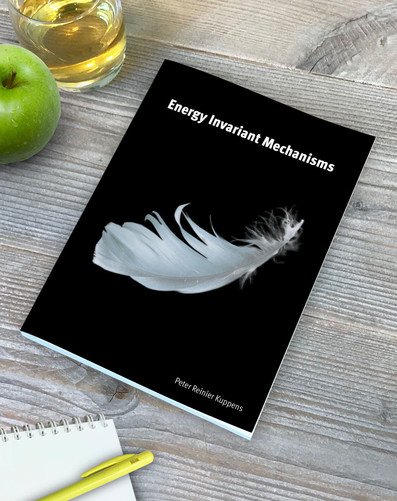
This thesis presents energy invariant mechanisms that can be scaled to micro size. They are also called statically balanced, because all static forces are balanced against each other. They enable effortless suspension of weight, and flexible devices without stiffness, seemingly defeating gravity and elasticity. Static balancing is investigated at various scales, working our way down as we progress through the chapters. This investigation starts with a method for the analysis and synthesis of energy invariance in rigid body mechanisms, which are often used to aid the more difficult design of compliant mechanisms. It allows symbolic derivation of balancing conditions for serial kinematic chains with any number of links and zero-free-length springs in 2D and 3D. Preloading becomes difficult at small scales and is identified as the primary reason the state of the art is not down-scalable. It is addressed by the design of various monolithic and planar architectures. Four fully compliant mechanisms with linear and rotary motion incorporate a bistable mechanism that sustains the required preload in a reversible way. Unprecedented stiffness reduction up to 99.9% is achieved under large deformation in fused model deposition prototypes made out of polylactic acid. In addition, preloading is addressed by making it part of the manufacturing process by exploiting residual stress from thin film deposition. A stiffness reduction up to a factor 46 is achieved over a range of 380 µm by thermal oxidation of silicon. Miniature statically balanced mechanisms will be an enabling technology for low frequency sensors, mechanical energy harvesting, mechanical watch oscillators, mechanical logic and computing, microrobotics, compliant transmission mechanisms, and make small scale compliant mechanisms more energy efficient.
Download Thesis